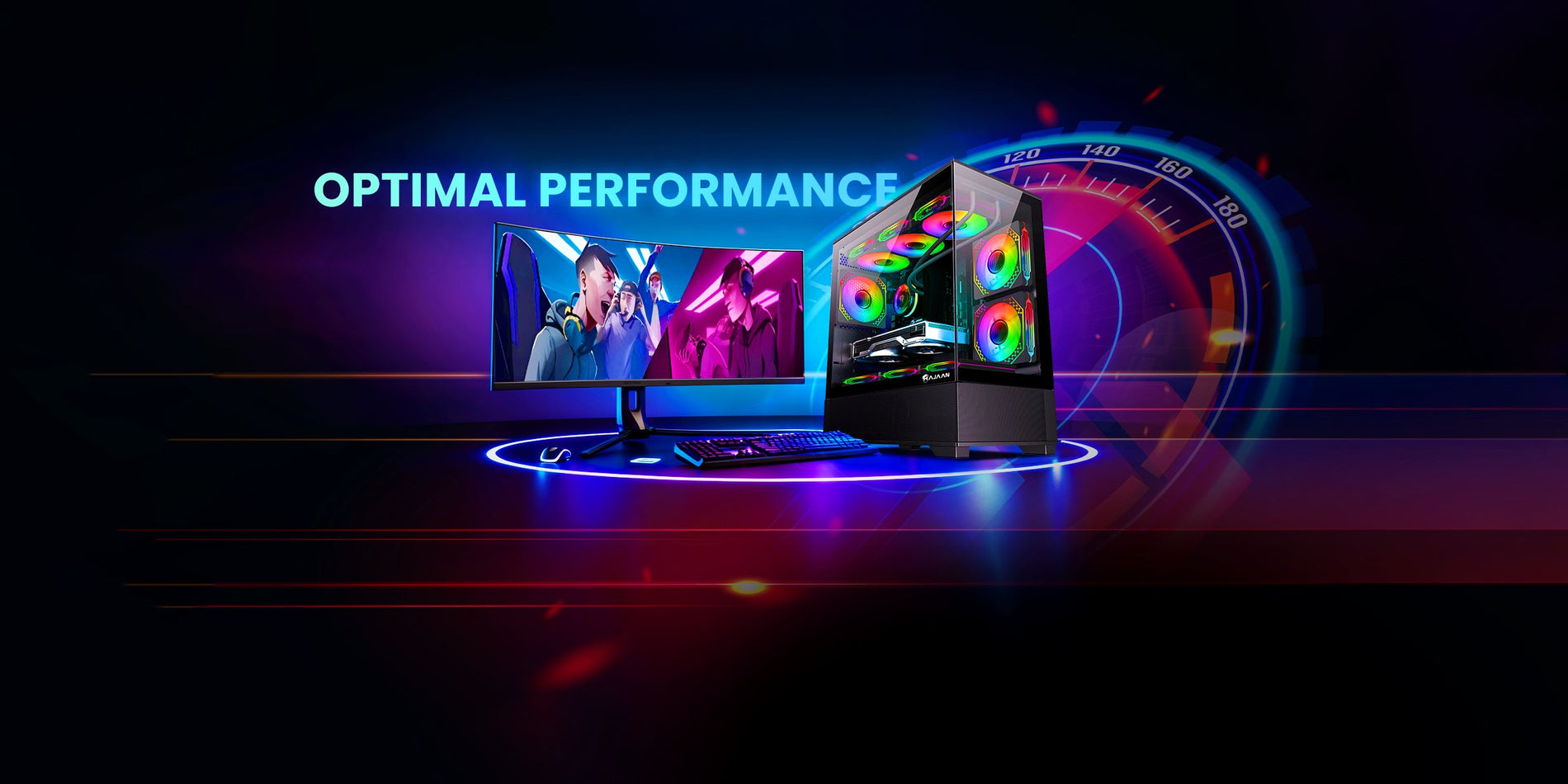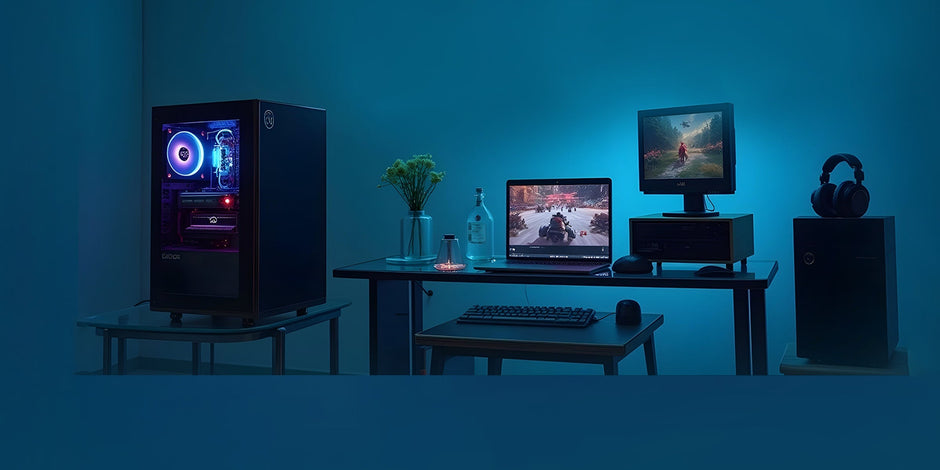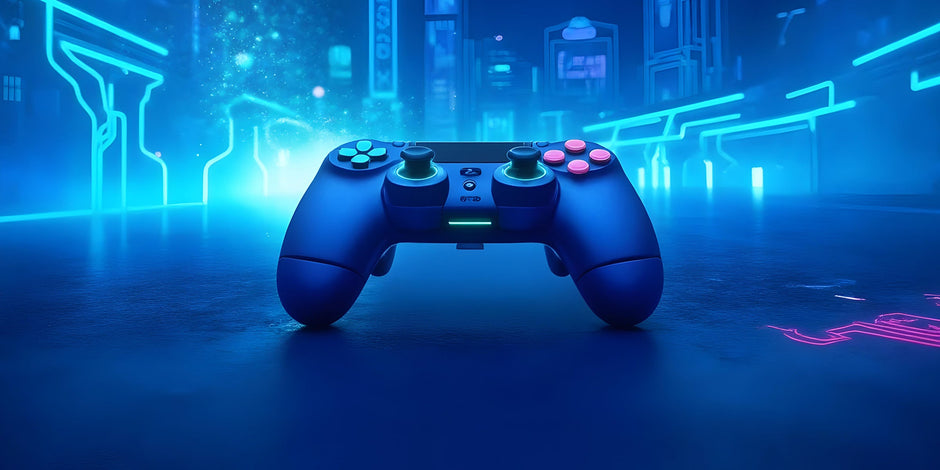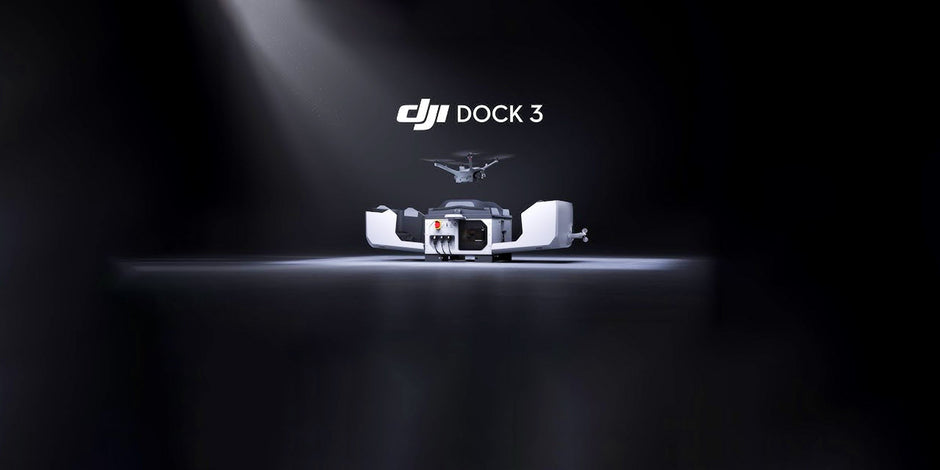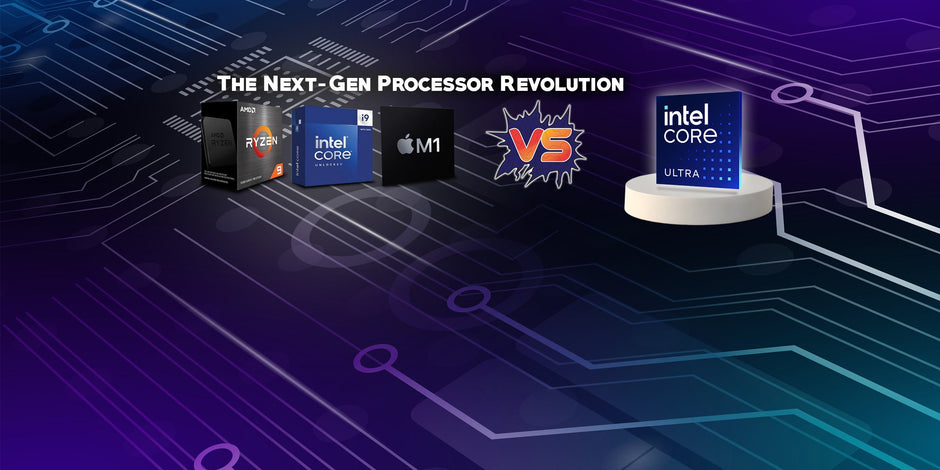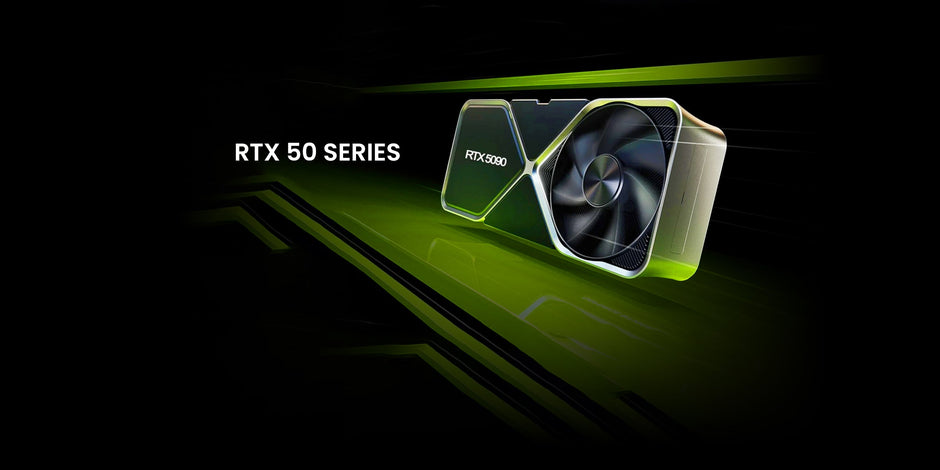Competitive gaming has grown exponentially, with millions of players striving to improve their skills and climb the ranks in their favorite games. Whether you're aiming to dominate online leaderboards or break into the professional esports scene, optimizing your gaming setup and preparing yourself for competitive play is essential. This article will guide you through the steps necessary to build the perfect gaming environment and develop the mindset needed to succeed in competitive gaming.
1. Building the Perfect Competitive Gaming Setup
A well-optimized gaming setup provides you with the tools to perform at your peak. From hardware to ergonomics, every aspect of your setup should enhance your performance. Here’s what you need:
High-Performance Hardware
Competitive gaming is all about precision, speed, and reaction time. Therefore, your hardware must be able to handle fast-paced action with minimal input lag and high frame rates.
PC Components:
- Processor (CPU): Choose a high-performance processor like the Intel i7/i9 or AMD Ryzen 7/9. These offer the power needed to maintain high FPS (frames per second) without stuttering.
- Graphics Card (GPU): A powerful GPU is crucial for maintaining high frame rates. The NVIDIA RTX 3070/3080/3090 or AMD Radeon RX 6800 XT are top-tier choices for competitive play.
- RAM: Ensure you have at least 16GB of RAM (preferably 32GB) for smooth multitasking and gaming performance.
- Storage: Use an SSD for fast loading times and efficient data access. NVMe SSDs are recommended for ultra-fast performance.
Monitor:
- Refresh Rate: A 144Hz or 240Hz gaming monitor is critical for competitive play, as it provides smoother motion and better response times compared to standard 60Hz displays.
- Response Time: Look for a gaming monitor with a 1ms response time to reduce input lag, which is essential for fast-paced shooters and other action games.
Low-Latency Peripherals
Precision is key in competitive gaming. Your peripherals should be responsive and reliable.
- Mouse: Choose a lightweight, high-DPI gaming mouse with low latency for quick and precise movements. Popular options include the Logitech G Pro X Superlight and Razer Viper Ultimate.
- Keyboard: Opt for a mechanical keyboard with fast, responsive switches like Cherry MX or SteelSeries OmniPoint switches. A keyboard with anti-ghosting and N-key rollover ensures that every key press registers correctly.
- Headset: A high-quality gaming headset with 7.1 surround sound or spatial audio is essential for pinpointing enemy movements in competitive games. Headsets like the HyperX Cloud II and SteelSeries Arctis Pro are excellent choices.
Ergonomics and Comfort
Staying comfortable during long gaming sessions helps you maintain focus and avoid fatigue.
- Gaming Chair: Invest in an ergonomic chair with lumbar support to protect your back and posture. Brands like Secretlab and Herman Miller are known for their high-quality gaming chairs.
- Desk Setup: Make sure your desk has enough space for large mouse movements and multiple monitors, if needed. Your monitor should be positioned at eye level to avoid neck strain.
Networking for Low Latency
A stable, low-latency internet connection is critical for competitive gaming. A wired connection via Ethernet is preferred over Wi-Fi to reduce ping and packet loss. If Wi-Fi is your only option, use a Wi-Fi 6 router to improve connection stability and speed.
2. Optimizing In-Game Settings for Competitive Play
Once your hardware is set up, optimizing your in-game settings is the next step.
Maximize Frame Rates (FPS)
In competitive gaming, high frame rates mean smoother gameplay and faster reactions. To achieve higher FPS:
- Lower unnecessary visual settings like shadows, reflections, and textures.
- Disable features like motion blur, depth of field, and post-processing.
- Use your GPU’s control panel (NVIDIA Control Panel or AMD Radeon Software) to further fine-tune performance.
Minimize Input Lag
Input lag can mean the difference between winning and losing. Disable vertical sync (V-Sync) to reduce input latency. Instead, use G-Sync (NVIDIA) or FreeSync (AMD) to prevent screen tearing without adding noticeable lag.
Fine-Tune Mouse and Sensitivity Settings
For shooters like CS or Valorant, fine-tune your mouse DPI and in-game sensitivity. A lower sensitivity often provides better control and precision. Use a large mousepad to accommodate wide, sweeping movements that allow for greater accuracy.
3. Developing the Skills for Competitive Play
Now that your gaming setup is optimized, it’s time to focus on skill development.
Learn the Game’s Mechanics
Mastering the fundamentals of your chosen game is crucial. Spend time learning core mechanics, such as aim, movement, and map awareness in FPS games or last-hitting and lane control in MOBAs.
Watch Pro Players and Streamers
Studying professional players and high-level streamers can give you insight into advanced strategies, positioning, and decision-making. Watch their games and analyze their playstyle to incorporate elements into your own gameplay.
Consistent Practice
To improve, you need to practice consistently. Set aside time every day to play ranked matches or participate in scrims (practice matches). Additionally, use aim trainers like Kovaak’s FPS Aim Trainer or Aim Lab to sharpen your reflexes and accuracy.
4. How to Join Competitive Play
Once you've honed your skills, it's time to step into the competitive scene.
Ranked Play
Most competitive games have ranked modes, where you can climb the ladder by winning matches and improving your ranking. Start grinding ranked to prove your skills and gain exposure. Higher ranks, like Diamond or Immortal (depending on the game), will put you on the radar of other competitive players and teams.
Participate in Online Tournaments
Amateur and open tournaments provide a way to test your skills against other competitive players. Popular platforms for online tournaments include:
- Battlefy: Hosts a variety of tournaments for games like Fortnite, Apex Legends, and League of Legends.
- FACEIT: Known for competitive CS and Valorant tournaments.
- Challengermode: Offers competitions for PUBG, League of Legends, and CS.
These tournaments are open to anyone and often serve as entry points for aspiring pros.
Join or Create a Team
In many games, especially MOBAs and FPS games, teamwork is essential. If you’re serious about going pro, consider joining or creating a team. Look for teams through:
- Discord: Many gaming communities have competitive-focused Discord servers with channels for finding teammates and teams.
- Reddit Communities: Subreddits like r/RecruitCS or r/CompetitiveOverwatch often have posts from teams looking for players.
Organize scrims with other teams to practice and develop strategies together.
Tryouts and Qualifiers
Many esports organizations hold tryouts to scout new talent. Keep an eye out for these opportunities in your game’s community. Additionally, some competitive circuits offer open qualifiers that allow anyone to compete for a spot in pro leagues.
5. Mental Toughness and Focus in Competitive Gaming
Competitive gaming can be mentally demanding, and maintaining focus is key.
Stay Calm Under Pressure
In high-pressure situations, staying calm and making rational decisions is crucial. Avoid getting tilted (frustrated) after losses, and instead, focus on what you can learn from each defeat.
Communication and Teamwork
If you're playing in a team-based game, effective communication is essential. Work on clear callouts, strategy discussions, and staying positive, even when things aren’t going well.
Take Care of Your Health
Your physical and mental health directly impacts your gaming performance. Ensure you get enough sleep, exercise regularly, and maintain a balanced diet to stay sharp and focused during competitive play.
Conclusion
Optimizing your gaming setup for competitive play is only the first step toward success. You’ll need to balance top-tier hardware with skill development, mental toughness, and consistent practice to climb the ranks. By following this guide, you can create a competitive gaming environment that helps you perform at your best and prepare for the challenges of professional esports. Whether you’re just starting out or are looking to break into the pro scene, persistence, and dedication are the keys to achieving your competitive gaming goals.


